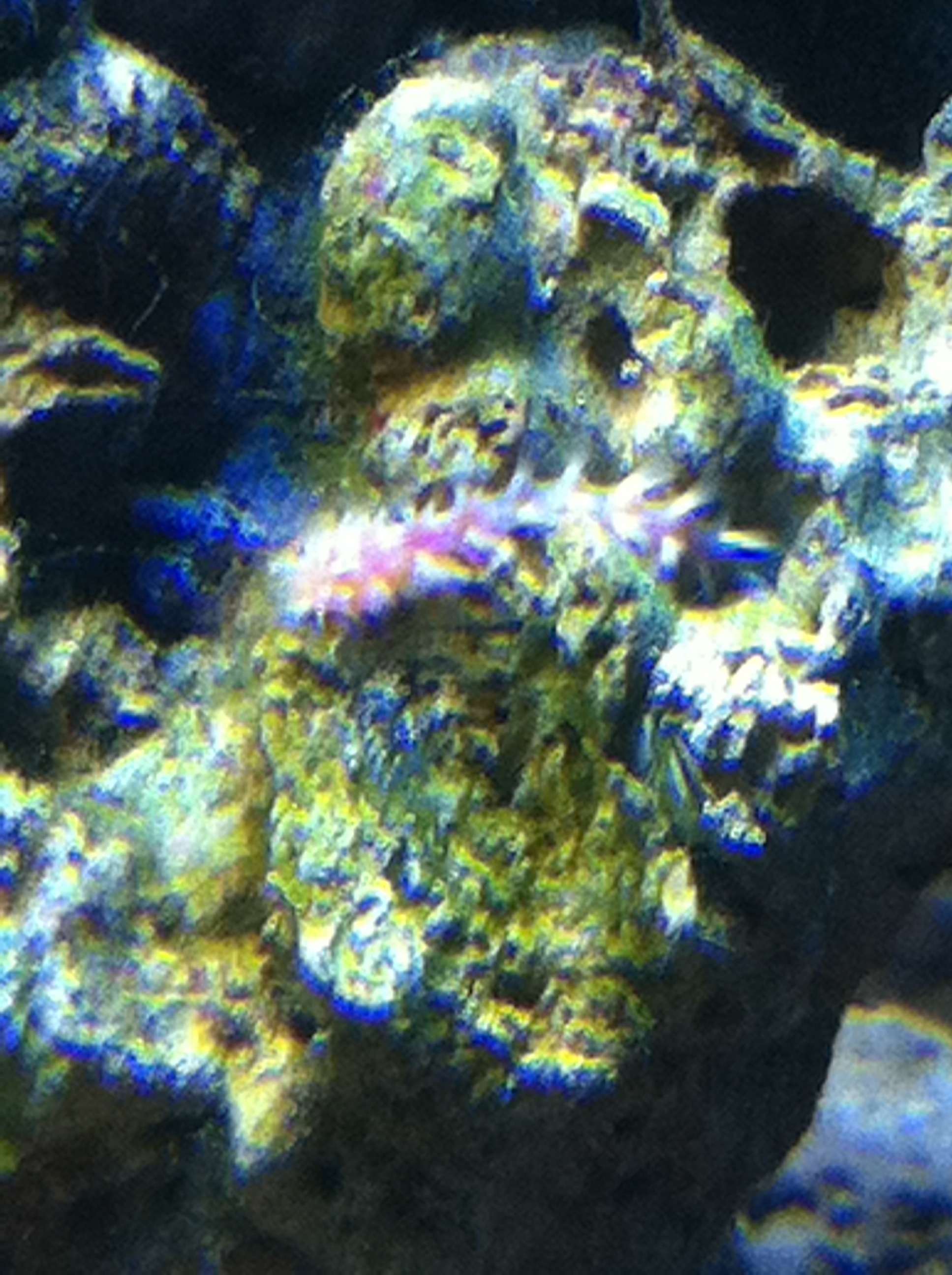tirtza
Member
I apologize in advance for the poor quality of the photos (I recently lost my camera and had to use my iPhone to take the picture). I zoomed in as much as I could but the pictures are still really fuzzy.
I just noticed this really small worm-like creature living in a tiny hole in some live rock. It didn't come all of the way out of it's hole, but it looked perhaps around an 1/8 of an inch long. It's pink in color, with what looks like white little hairs. After I took a couple of photos the little creature went back into it's hole. The tank is new, only a little over 2 months and this is the first time I've seen this creature. If you could tell me what it is, I'd greatly appreciate it! Thanks!


I just noticed this really small worm-like creature living in a tiny hole in some live rock. It didn't come all of the way out of it's hole, but it looked perhaps around an 1/8 of an inch long. It's pink in color, with what looks like white little hairs. After I took a couple of photos the little creature went back into it's hole. The tank is new, only a little over 2 months and this is the first time I've seen this creature. If you could tell me what it is, I'd greatly appreciate it! Thanks!





